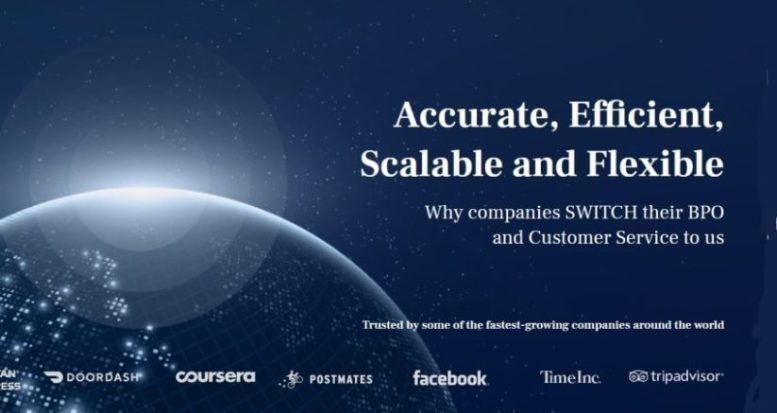Survey after survey show that average employee turnover in the contact centre sector is consistently over a shocking 25%; with this figure even higher in larger contact centres. Factor in the fact that the likes of Oxford Economics put the average cost of replacing an employee at a whopping £30K+ (for both direct and indirect costs) and we can see that surely these staggering numbers simply aren’t sustainable indefinitely; it devours your budget, your talent pool and, ultimately, your bottom line.
But what can you do beyond what effective HR departments are doing to improve effective talent acquisition, retention and development programmes to plug this gap?

Caring companies
Companies that are recognised as being caring see higher quality talent applying for roles within their organisations and correspondingly better levels of loyalty, translating into lower attrition rates. These organisations are perceived to ‘take care’ of their workforce. Typically taking time to understand the needs and wants of their employees, communicating openly and supporting their people through a range of wellbeing, inclusion and benefits programmes enables their workforce to get the most out of their role.
Caring companies are fast becoming the employer of choice for both Gen Z and Gen Y workers. This is further evidenced by over 31% of UK workers stating that “better treatment from their employer and a greater sense of being valued” are the leading factors – over base pay – that help motivate and engage them more [Unum & Oxford Economics].
With four out of five people stating they would prefer new and better ‘benefits’ over a pay rise [Glassdoor], it’s clear that employee benefits can play a large part in achieving that caring company status. By crafting a well-informed, tailored employee benefits programme for your team, you are helping support your employees in their daily working life and beyond; past working hours and well into their personal lives. This can manifest itself in a multitude of ways from providing an Employee Assistance Programme (EAP) for all employees, to offering straight forward financial advice or even facilitating a car scheme to help younger employees afford reliable and more efficient transport.
Group purchasing power
And do remember, not all benefits need to come from the company pocket. Simply offering a service to your employees at a discounted rate (which typically comes with group purchasing power) and allowing the employee to purchase this themselves can have a huge impact. However, a well thought out benefits programme is ineffective without your employees understanding what is on offer to them and the true value of the offering.
This is where employee benefits technology can make a real difference. Modern employee benefits technology enables your people to easily access their benefits all in one location and you can simply communicate and demonstrate the total value of your offering with targeted communications and an engaging Total Reward Statement (TRS). So, that bonus you’re offering new starters for staying past the typical tenure (say six months) can be communicated in month four, five and six and then shows up in the TRS at month seven.
But what about the cost and resources needed to implement effective benefits technology? Certainly, it has been costly and complex in the past with clunky, out of date systems. But the sector is changing, and new offerings are shaking up the inertia of old-school employee benefits. This is being led by a move to Cloud-based, pay as you go, modern technology that can genuinely give you only what you need and want. In a similar manner to how good call centre tech can drive efficiencies, benefits tech should empower your reward and HR teams to work efficiently, save time and invest more into your people. Effective benefits technology should be a win-win situation, lowering attrition through stronger communication and better employee access to resources improving your bottom line. Just a 2-3% drop in attrition could see you recuperate the cost of the platform with additional savings possibly being invested in even more effective wellness and benefits programmes driving attrition down further.

Garry Nelson is the commercial director at Zest.
For additional information on Zest visit their Website




